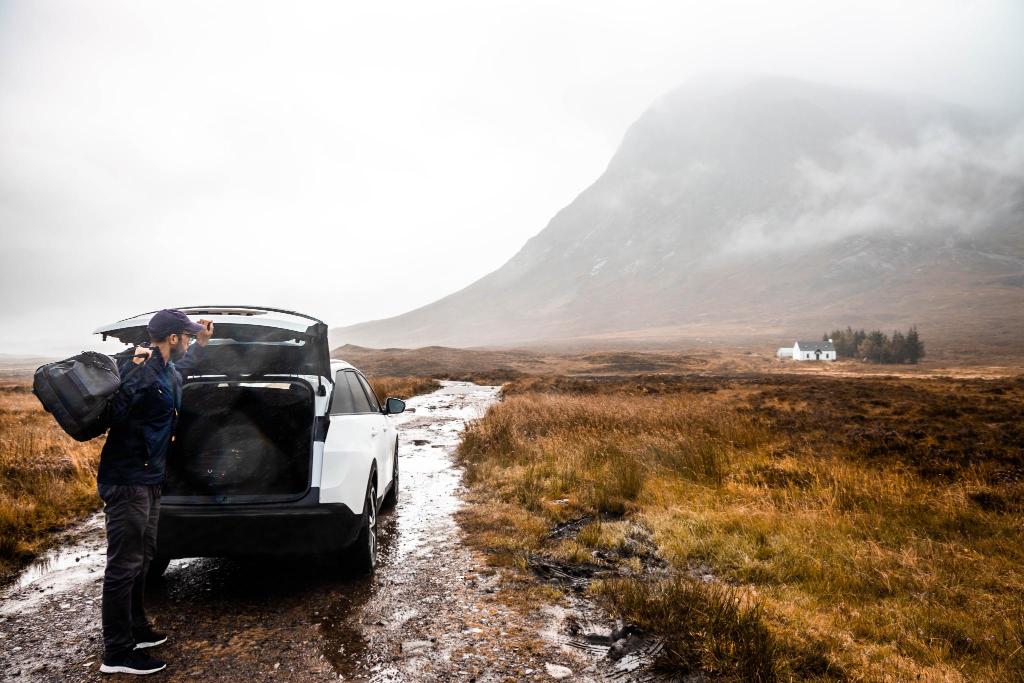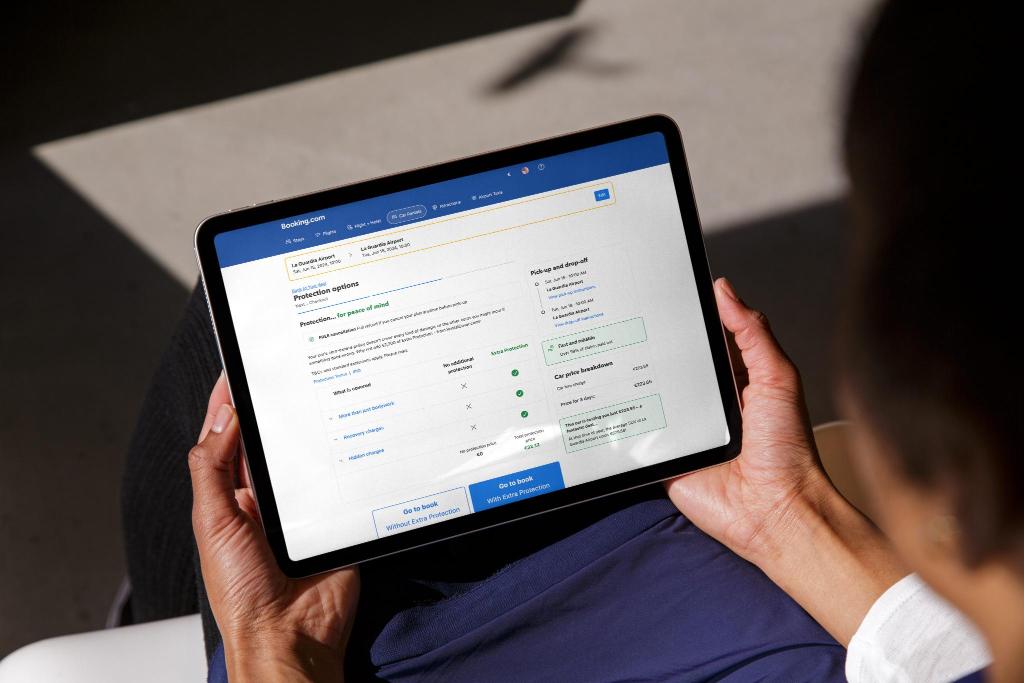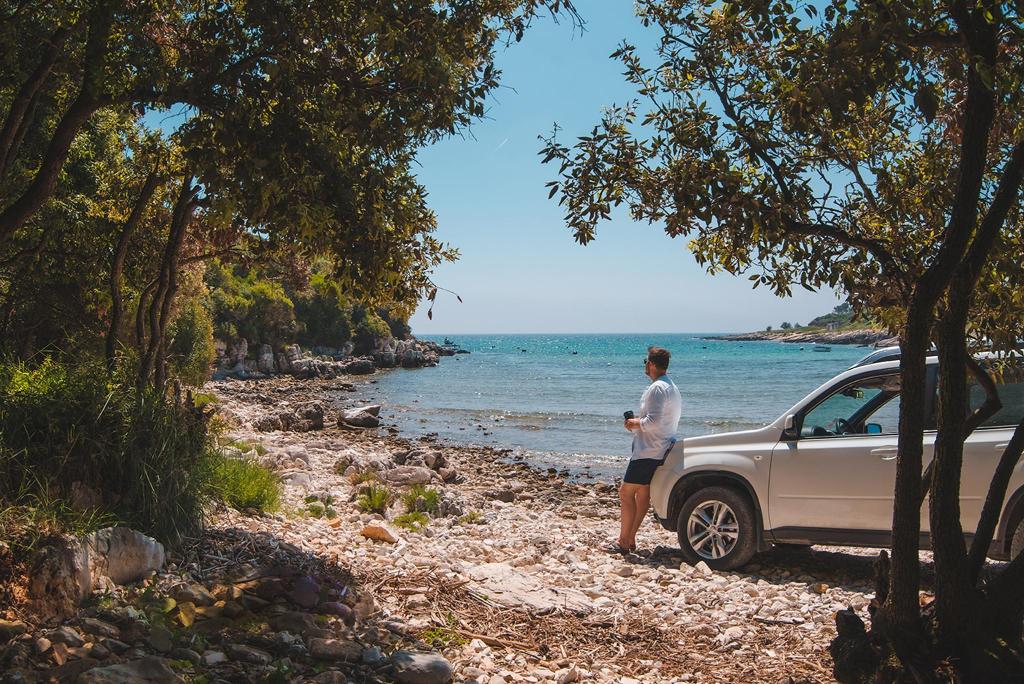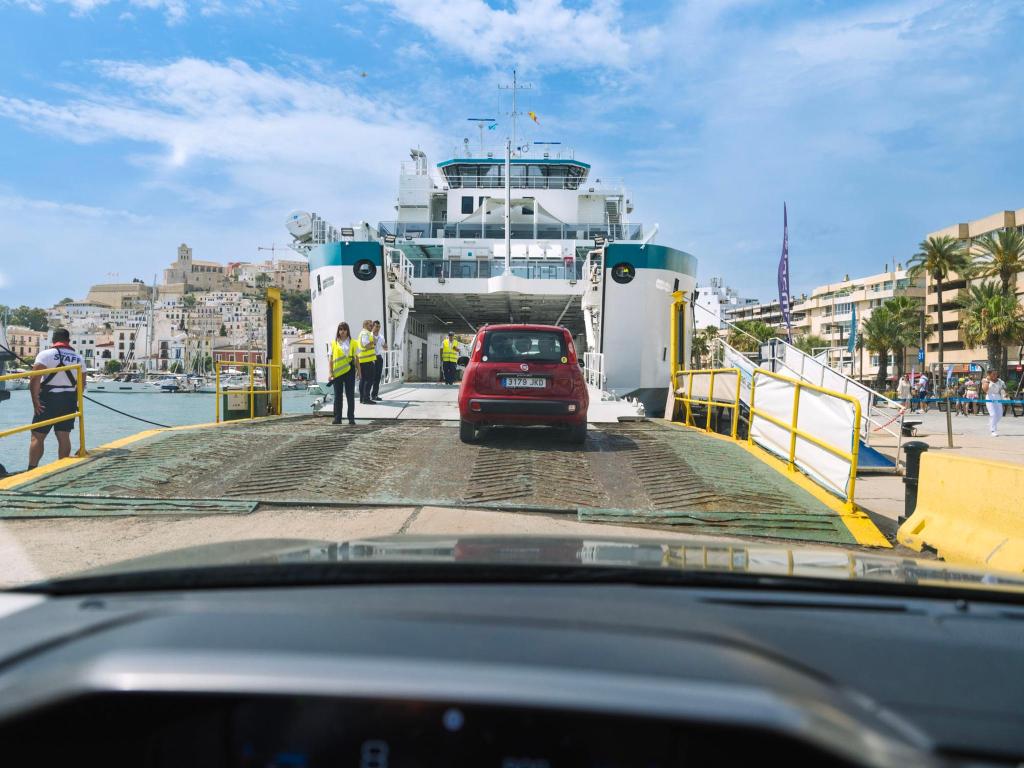
Everything you need to know about Collision Damage Waivers
CDWs often cover damage to the car's bodywork – think dents and scratches – but many other parts of the vehicle won’t be covered.
When you're gearing up for your rental car adventure, getting involved in a collision is probably the last thing on your mind. But being prepared for the unexpected can bring you peace of mind and help you steer clear of painful payouts.
The first thing to know about Collision Damage Waivers (CDWs) is that they aren’t classed as insurance. They’re an agreement between you and the rental company stating that you won’t be held financially responsible for charges if damage is caused to the rental car’s bodywork.
However, there are exceptions to this safety net, so let's dive into when CDW protection kicks in and when it doesn't.
What Collision Damage Waivers don’t cover (and what they do)

CDWs often cover damage to the car's bodywork – think dents and scratches – but many other parts of the vehicle won’t be covered.
These include (but are not limited to) vehicle parts and non-vehicle items like:
- Windows and mirrors
- Wheels and tires
- Undercarriage
- Engine
- Car interior
- Flat battery
- Personal belongings
- Lost keys
- Extras such as GPS, child seats, or ski racks
- Towing charges
- Damage to someone’s property (covered by Third-party Liability insurance)
It’s worth keeping in mind that not all rental companies offer the same inclusions with their CDW. For example, one might offer protection which covers damage to the roof or side mirrors, while others won’t. You should also note that if you’re in breach of your rental agreement at the time of your accident, you’ll be liable for all damages regardless of whether it’s just the bodywork that’s affected or not. For example, if a collision happens when you’re speeding, illegally parked or drunk driving, your CDW won’t be applicable
Understanding deductibles

Like most insurance, CDWs come with a deductible – a maximum amount you're responsible for paying towards damage charges. It’s normally between $635 (approximately €600) and $3800 (approximately €3,500).
Buying additional coverage
While optional, purchasing additional coverage for your rental period provides extra protection and peace of mind.
When you pick up your rental car, the counter staff will usually explain the optional extras available to you – which will ultimately lower the deductible you’ll pay if something happens. For example, a Super Collision Damage Waiver (SCDW) will take away all your financial obligations for any damages outlined under the policy. Rental companies often have their own names for this coverage, such as Excess Reduction, Premium Protection or an Enhanced Collision Damage Waiver.
You also have the option of purchasing extra insurance from a third-party insurer instead of the rental company. Shopping around can be a great way to find the best possible deal before you hit the road. If you have an American credit card, it may offer rental car insurance as a perk, but be sure to check the level of coverage before relying solely on it.

- 冒险之旅
- 都市休闲游
 Understanding Car Rental Agreements2025年3月14日
Understanding Car Rental Agreements2025年3月14日 Safe Driving Tips For Hot Weather2025年2月26日
Safe Driving Tips For Hot Weather2025年2月26日 What Is The Best Fuel Policy For My Rental?2024年12月13日
What Is The Best Fuel Policy For My Rental?2024年12月13日
猜你喜欢
Learn more about the types of rental cars available when planning a vacation.
Your complete guide to understanding car rental fees, policies and optional add-ons to help you make informed choices.
Avoid common car rental pitfalls with our guide to the top 10 rental fails. Learn why people don't get their hire cars and how to ensure a smooth pickup.
Planning to choose an 'SUV' for your next rental? Get a clearer view of what an 'SUV' is with our handy guide.
How to avoid additional GPS/Sat Nav costs by using offline maps during your rental period.
Can I take my hire car on a ferry? Find out how to travel on a ferry with rental cars, the costs and ferry regulations for rental cars.














